Digital Best Practices for Understanding Fiber Optic Cable Technologies
In the rapidly evolving digital landscape, understanding fiber optic cable technologies is crucial for businesses and consumers alike. According to a report by the International Telecommunication Union (ITU), global fiber optic internet connections have surged by over 30% in the last five years, reflecting an increasing demand for high-speed communication. Fiber optic cables, which use light to transmit data, offer significant advantages over traditional copper wires, including higher bandwidth, longer transmission distances, and improved resistance to electromagnetic interference. This rise in fiber optic adoption is also supported by a report from Research and Markets, projecting the global fiber optic cable market to grow at a Compound Annual Growth Rate (CAGR) of 10.6% through 2026. Consequently, mastering the digital best practices associated with this technology is essential for optimizing network performance and enhancing data transmission efficiency.
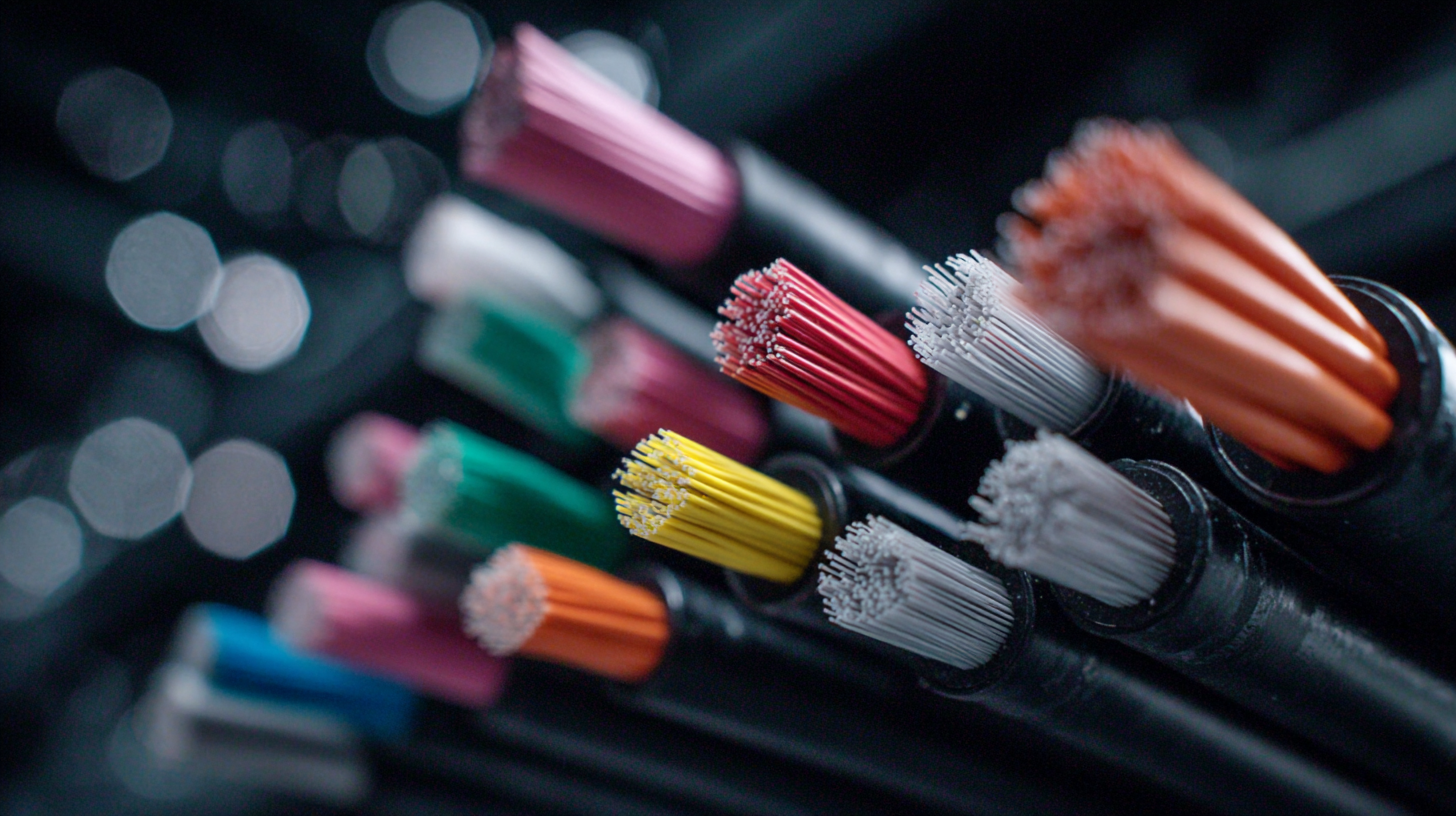
Types of Fiber Optic Cables: An Overview of Key Variants
Fiber optic cables have become essential in modern telecommunications, and understanding their different types is crucial for optimizing their deployment in various applications. The main variants include single-mode and multi-mode fibers. Single-mode fiber, characterized by a smaller core diameter, allows for the transmission of light over longer distances with minimal loss, making it ideal for long-haul communication. Conversely, multi-mode fiber, with a larger core, supports multiple light paths, making it suitable for shorter distances, such as within data centers or campus networks.
Recent developments highlight the growing interest in specialized fiber optic variations, such as bend-capable fibers that cater to specific application needs. These fibers are designed to maintain performance even when tightly bent, which is particularly beneficial in urban installations where space constraints often require more flexible routing solutions. As demand for high-speed connectivity surges, driven by initiatives like the rollout of 5G and increased Fiber to the X (FTTx) deployments, understanding these key fiber optic variants becomes imperative for businesses aiming to meet evolving technological requirements.
Types of Fiber Optic Cables: An Overview
Understanding Single-Mode and Multi-Mode Fiber Optic Technologies
Fiber optic technology plays a crucial role in modern telecommunications, primarily functioning through two types of cables: single-mode and multi-mode fibers. Single-mode fiber features a smaller core diameter, typically around 8 to 10 micrometers, which allows only one mode of light to propagate. This results in less dispersion and enables the transmission of signals over long distances with high bandwidth, making it ideal for long-haul telecommunications and data center connections.
In contrast, multi-mode fiber has a larger core, generally ranging from 50 to 62.5 micrometers, which allows multiple light modes to travel simultaneously. While this design supports higher data rates over shorter distances, it suffers from modal dispersion, limiting its effectiveness beyond a certain range, typically up to 2 kilometers. Multi-mode fiber is often used in local area networks and within buildings where short-distance data transmission is sufficient. Understanding the distinct functionalities and applications of these two fiber optic types is essential for optimizing network performance and ensuring appropriate technology choices for different environments.
Digital Best Practices for Understanding Fiber Optic Cable Technologies
| Type | Core Diameter | Maximum Bandwidth | Distance (m) | Application |
|---|---|---|---|---|
| Single-Mode Fiber | 9 µm | Up to 100 Gbps | 10,000 m | Long-distance telecommunication |
| Multi-Mode Fiber | 50 µm / 62.5 µm | Up to 40 Gbps | 300 m (OM3) | Short-distance data center connections |
| OM1 | 62.5 µm | Up to 1 Gbps | 275 m | Legacy LAN applications |
| OM2 | 50 µm | Up to 1 Gbps | 300 m | LAN and video applications |
| OM3 | 50 µm | Up to 10 Gbps | 300 m | 10G Ethernet |
| OM4 | 50 µm | Up to 100 Gbps | 150 m | Data centers and high-speed networks |
Analyzing Fiber Optic Cable Construction and Material Differences
Fiber optic cables are composed of various materials, each influencing their performance in distinct ways. The analysis of cable construction reveals that materials such as glass and plastic fibers play critical roles in signal transmission quality. For instance, a recent market report indicates that the global commercial wire and cable market, which includes fiber optic products, is projected to grow from USD 100.7 billion in 2024 to USD 211.9 billion by 2034. This growth is driven by the increasing demand for high-speed internet and advanced telecommunications solutions.
The thermal and moisture characteristics of fiber optic cables, especially under varying temperature and humidity conditions, are vital for their reliability and longevity. Research has highlighted the impact of environmental factors on cable materials, with studies focusing on water absorption in materials like XLPE and semi-conductive rubber. With construction technologies advancing, understanding the coupling effects of temperature and humidity on these materials can help in enhancing the design and installation of fiber optic systems, thus ensuring optimal performance in diverse environments. This comprehensive approach to understanding fiber optic cable construction and material differences is essential for meeting the industry’s evolving needs.
Applications of Fiber Optic Cables in Various Industries
Fiber optic cables have become increasingly important across various industries, driven by the growing focus on renewable energy and sustainable practices. In sectors like solar, wind, and hydropower, fiber optics play a crucial role in transmitting data over long distances with minimal loss, which is essential for efficient energy management and distribution. As businesses and governments invest in smart grids and connected technologies, the demand for reliable communication infrastructure only cements the relevance of fiber optic cables.
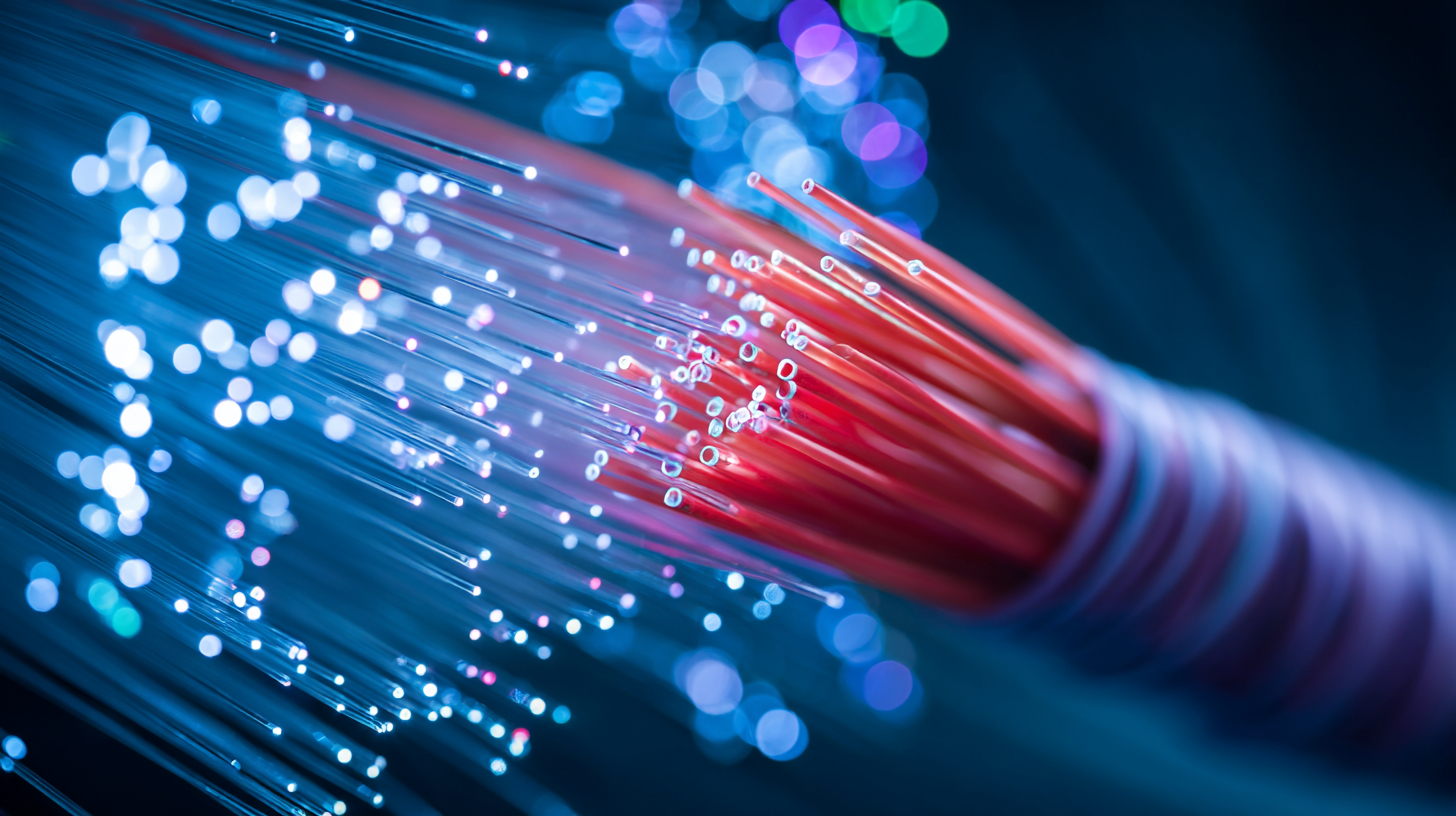
The patch panels market, closely linked with fiber optic technologies, is set to experience significant growth, projected to rise from $1.28 billion in 2024 to $2.78 billion by 2032, reflecting a compound annual growth rate (CAGR) of 10.44%. This substantial growth indicates an increasing reliance on advanced connectivity solutions in various applications, including data centers, telecommunication networks, and renewable energy systems. As industries embrace digital transformation, the integration of fiber optic cables will continue to support sustainable development and operational efficiency, enhancing communication capabilities in an ever-evolving technological landscape.
Best Practices for Selecting and Installing Fiber Optic Cables
When selecting and installing fiber optic cables, it is essential to consider several best practices to ensure optimal performance and longevity. First, understanding the types of fiber optic cables available—single-mode versus multi-mode—is crucial for aligning the right cable type with the intended application. Single-mode fibers are more suitable for long-distance communications, while multi-mode fibers are ideal for shorter distances. Additionally, evaluating the bandwidth requirements and future growth potential should guide your choice, ensuring that the selected technology can accommodate increased data demands over time.
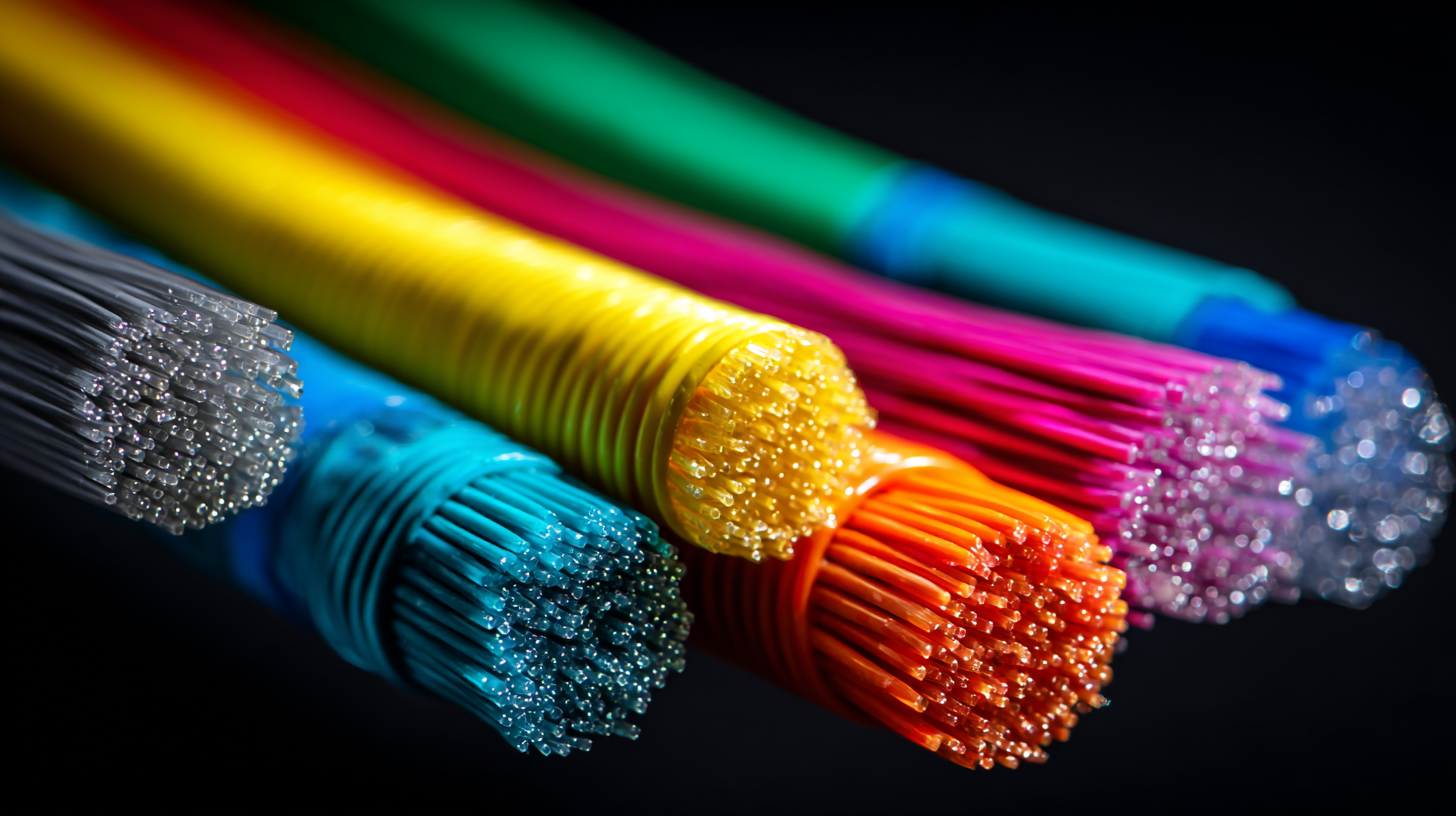
Installation techniques play a significant role in the performance of fiber optic cables. Proper handling during installation minimizes the risk of physical damage, which can affect signal quality. Utilizing appropriate connectors and ensuring that cable bends do not exceed specified limits can help maintain system integrity. Furthermore, it is advisable to conduct thorough testing post-installation to identify any weaknesses or faults in the network early on, paving the way for prompt rectification and a more reliable communication backbone.
Related Posts
-

7 Essential Tips for Choosing the Best Fiber Optic Termination Kit for Your Projects
-
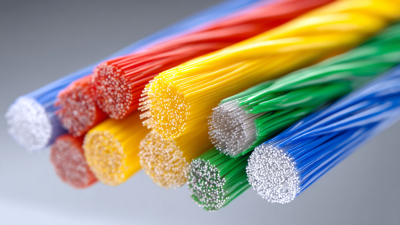
How to Choose Between Cable and Fiber for Your Home Internet Needs
-

5 Digital Insights and Tips for Choosing the Right Optic Cable to Enhance Your Network Performance
-
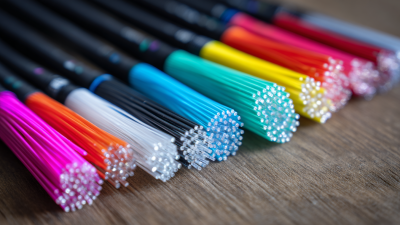
Understanding the Types of Fiber Optic Wire: A Comprehensive Guide
-

Understanding the Consequences of RJ45 Tester Misconfigurations in Network Performance
-
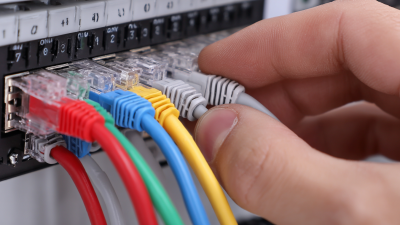
Understanding RJ45 Wiring Types and Their Applications in Modern Networking






